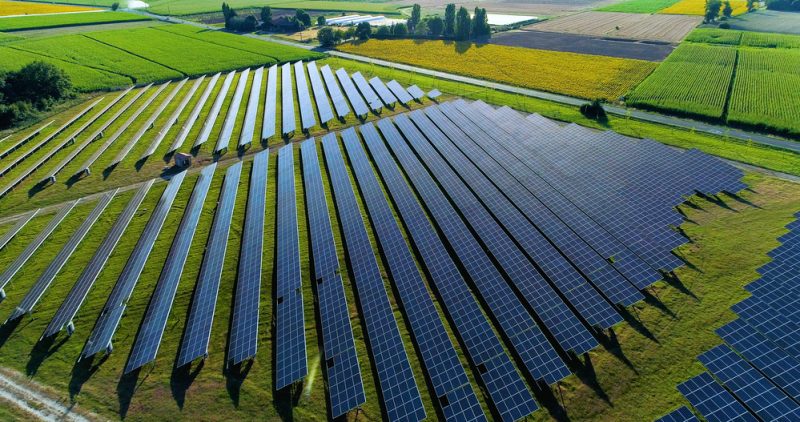There’s been a huge downturn in the installation of home solar systems across the U.S. after record uptake in the first quarter of 2020.
The COVID-19 pandemic is expected to deal a big blow to the distributed solar sector, with a projected 31 per cent fewer installations year-on-year (YOY), even after a 41 per cent YOY increase in the first quarter.
The data have been modelled in the quarterly Wood Mackenzie/Solar Energy Industries Association (SEIA) U.S. solar market insight report.
Job losses a distanced reality
The reality of the pandemic has hit the industry on two fronts.
The general economic downturn is leaving people with less spare cash to install home solar. Even when the associated longer-term savings are considered, the general lack of confidence and certainty means most people are more concerned about food on the table than panels on the roof.
Enforced shelter-in-place and distancing measures have also led to work stoppages. It’s hard to get work done when it’s essentially illegal to do so. Even permitting and zoning procedures have been compromised, adding further difficulty to an already problematic situation.
In mid-May, SEIA reported the solar industry had already shed 65,000 jobs since the end of February. That loss was expected to increase to around 114,000 jobs by the end of June, negating five years of employment gains for the industry.
At the end of May, the number sat closer to 75,000 job losses across the sector, but that figure is still expected to rise even as the U.S. economy is reopened.
With U.S. gross domestic product (GDP) expected to contract by around five per cent across 2020, and a general lack of consumer confidence and liquidity, future savings will do little to boost sales in what is still virtually a ‘luxury’ market segment.
Ain’t no sunshine?
It’s not all doom and gloom for the sector, though — the home solar market will take a huge hit, but the non-residential and utilities markets are still forecasting solid growth through 2020.
Projected annual growth of 33 per cent is anticipated across the solar industry, though the expected approximate 18 gigawatts (GW) of capacity added will fall around nine per cent short of the previously projected 20GW.
All this is a stark turnaround from the outlook of the last quarterly report.
Ongoing uncertainties around global economics, a second virus wave, depressed consumer spending, and ideas for Green New Deal-style stimulus packages all complicate projections around what might happen in the solar space.
One thing’s for certain though — there are no certainties in the COVID economy.
Hopefully, we’ll see some sunshine again soon.

